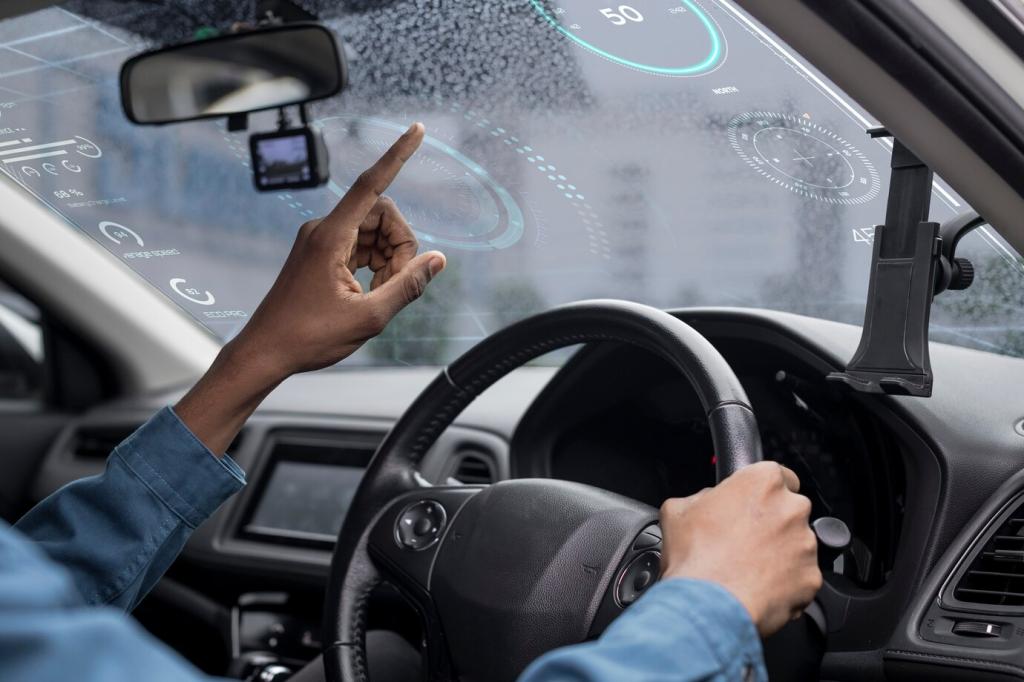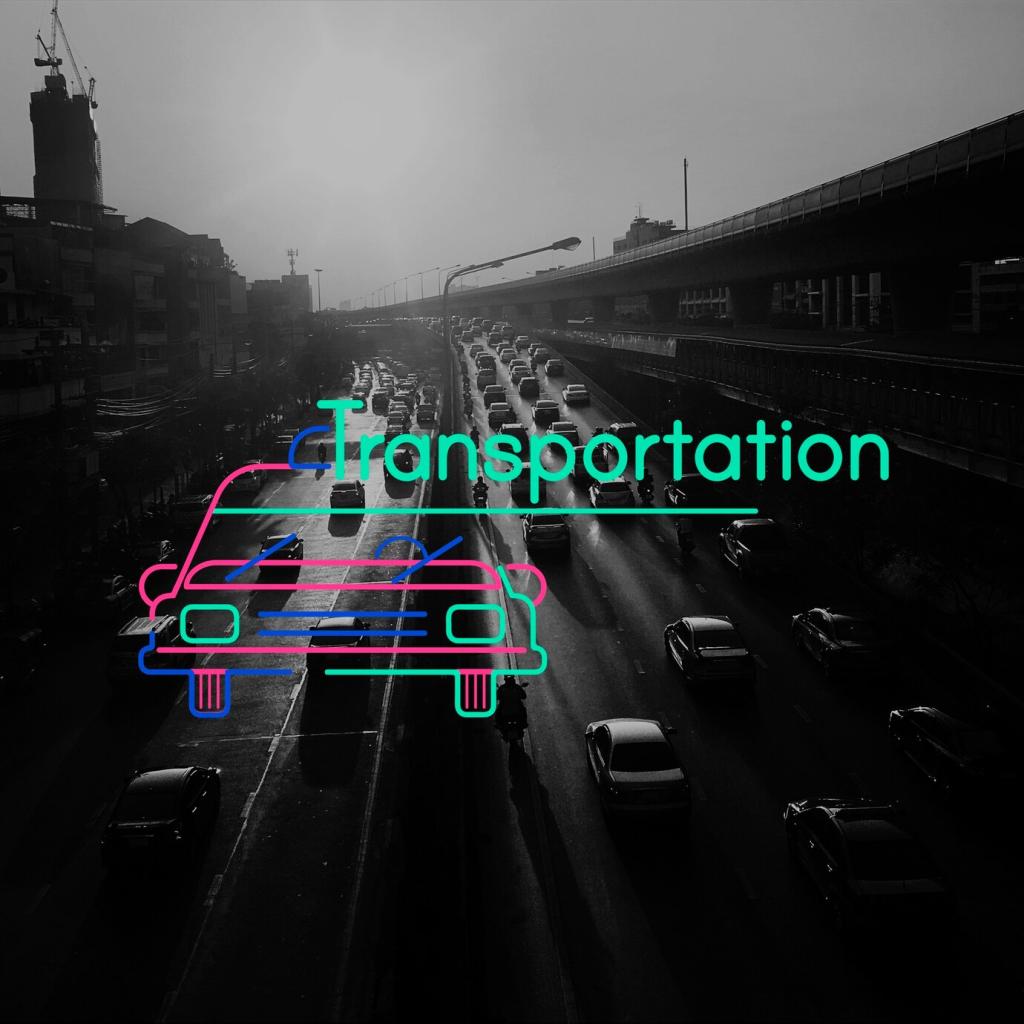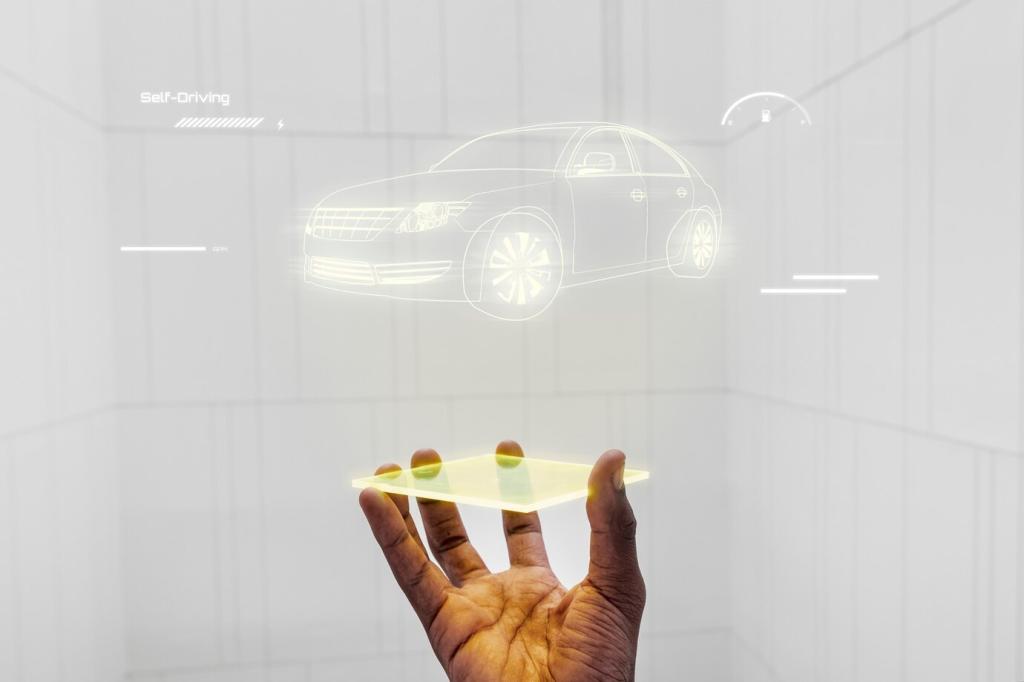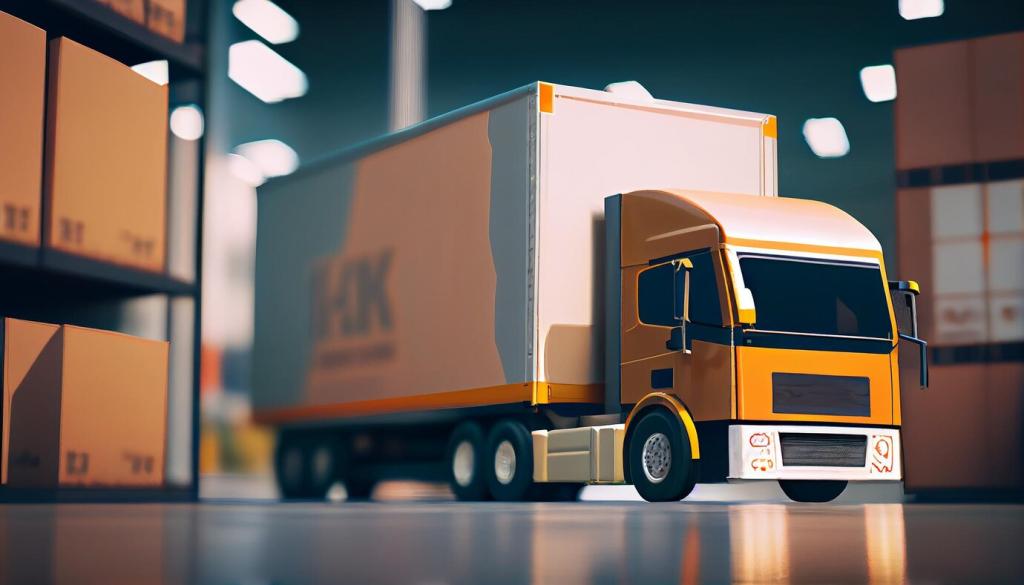Chosen theme: AI-Powered Traffic Management Systems. Step into a future where streets breathe, signals listen, and travel feels fair, fast, and safe. We’ll decode the tech, share lived stories, and invite you to shape smarter mobility. Subscribe, comment, and tell us what slows your city today.
The City’s Pulse: Real-Time Sensing and Data Fusion
From radar at intersections to Bluetooth travel-time beacons, diverse sensors feed algorithms that understand congestion as it forms. Thoughtful calibration matters; bad inputs create brittle decisions. Share your experience: which corridor would benefit most from better sensing in your neighborhood?
The City’s Pulse: Real-Time Sensing and Data Fusion
AI blends streams—vehicle counts, pedestrian crossings, bus dwell times—into a unified model that updates every second. Fusion reduces blind spots and smooths noise, enabling reliable predictions. Subscribe for deep dives on architectures that turn messy feeds into trustworthy insights.
The City’s Pulse: Real-Time Sensing and Data Fusion
Leading systems obfuscate faces and plates at the edge, store aggregates rather than raw video, and enforce strict retention windows. Transparency builds trust. Tell us your privacy priorities so we can highlight cities getting the balance right.

Learning to Time Greens with Reinforcement
Instead of fixed schedules, algorithms learn which phase changes reduce queues and prevent spillback. With guardrails, they respect minimum walk intervals and emergency preemption. Curious which junction near you feels mistimed? Drop a note, and we’ll analyze it in a future post.
Designing for People, Not Just Cars
Smart detection extends walk time for slower crossings, buffers bikes with leading intervals, and calms turning conflicts. One downtown pilot cut near-miss events by a third. Would your commute feel safer with longer pedestrian protection at busy corners?
Transit Signal Priority that Actually Helps
AI predicts bus arrival with fewer errors, granting dynamic priority that avoids starving cross traffic. Riders feel it as steadier headways, not just occasional green waves. Subscribe for our case study on reducing bunching along a high-demand corridor.
Connected Vehicles and the V2X Ecosystem
Signal Phase and Timing broadcasts let cars anticipate changes, smoothing acceleration and cutting fuel use. Freight corridors see fewer start delays and less noise. Share where stop-and-go exhaust bothers you most, and we’ll explore V2X fixes.

Connected Vehicles and the V2X Ecosystem
Latency matters at intersections. Edge nodes run models on-site, surviving network hiccups and acting within milliseconds. Cloud learning still improves strategies over time. Want a primer on hardware footprints and retrofits? Comment, and we’ll craft one.



Equity, Safety, and Human Experience

Crash prediction models highlight risk before tragedy strikes, guiding low-cost countermeasures like daylighting and speed management. The goal is fewer funerals, not faster cars. Tell us which intersection feels unsafe, and we’ll compile crowd evidence for change.
Measuring Impact with Transparent KPIs
Meaningful Metrics that Matter Daily
Travel time reliability, bus on-time performance, pedestrian delay, and emissions estimates speak to lived experience. Publish baselines and targets upfront. What metric would convince you your commute truly improved? Tell us, and we’ll prioritize coverage.
Open Dashboards Build Trust
Public portals that explain methods, caveats, and updates prevent misunderstanding and hype. Plain language beats glossy renders. Subscribe for our guide to communicating uncertainty without losing clarity or momentum in community meetings.
Continuous Improvement Loops
A/B test signal plans, track effects, and retire underperformers quickly. Citizen reports add crucial context to sensor data. Share your feedback channel experiences—what works, what stalls—so we can spotlight replicable practices for other cities.

